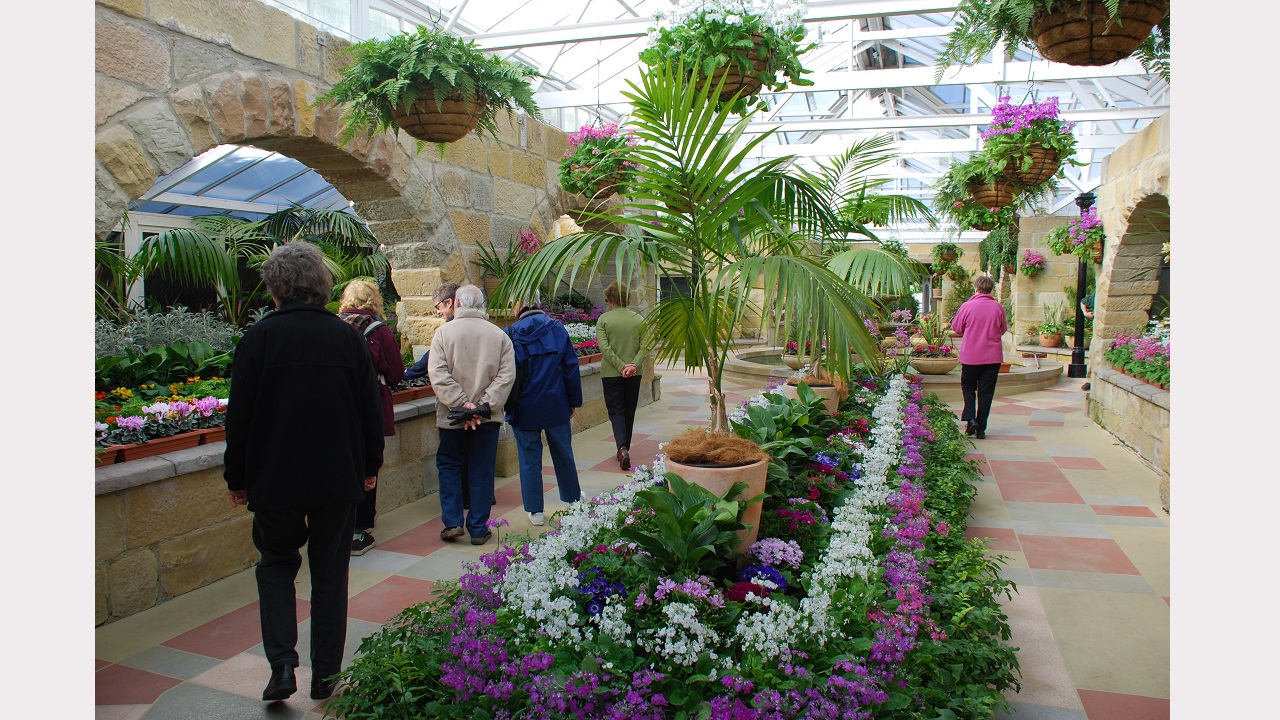Walking and talking helps bereaved to process grief
Walking and talking helps bereaved to process grief
by Heather Wiseman
Thursday, February 16, 2017
For people grieving the loss of a loved one, a simple program that enables them to walk and talk with trained volunteers is making a difference.
Having recently started work with the Walking Through Grief program in Hobart, Tasmania, Sandy Muir was moved to see first-hand the peer-support program’s impact on grieving walkers’ wellbeing.
She has seen fleeting moments of joy cross the face of one elderly man who is grieving the loss of his soul mate. His face occasionally lights up with joy as he shares photographs of a beloved grandchild.
“It is something really simple, but I can see he is starting to build his confidence in connecting with people in the group and we are reciprocating that connection,” Ms Muir said.
“His grief is not going to go away quickly, but these little breakthroughs where he is smiling – and he beams – that is a big thing for him. For me it is marking a shift in his journey from the gentleman who was absolutely devastated and spent most of his time walking in tears. He is still struggling with his grief but he is taking amazing steps forward with it.”
Ms Muir, support officer (grief and loss) with Hospice Volunteers South Tasmania, said about 12 volunteers are trained to conduct the fortnightly walks and up to four generally attend. They meet bereaved walkers for a gentle stroll around greater Hobart, followed by a picnic or snack at a café.
Over time, participants build trust and connections both with volunteers and fellow walkers, enabling them to share personal experiences.
“We are aiming to normalise the experience of grief and loss, and by building supports within the group reduce people’s feelings of isolation, anxiety and distress,” Ms Muir said.
“We are supporting people to access the capacity for coping that they already have, build resilience and then figure out their next steps forward.”
She said being out in the fresh open air makes it a relaxed environment for people to chat about feelings and experiences. She believes doing something physical suits some people who may be less inclined to open up when sitting face to face.
While the program is open to people of all ages, walkers are generally aged 50-80 and they stay usually with the group for 12-18 months.
Since the program started in 2006, nearly 100 bereaved people have walked regularly with the group. It has some them to find new friends and be supported by people in similar circumstances. Others stopped looking backwards and started looking forward with hope, and became happier knowing they could cope with the future.
“I could not talk to my family about my husband but the group and volunteers listened and understood my pain,” one participant said.
Ms Muir said new State Government funding for her recent appointment reflects confidence in the program, which was previously coordinated by volunteers. She said her new role interested her professionally and personally, describing it as a natural progression from her experience of loss, having experienced the death of a family member.
Walking Through Grief volunteers receive 40 hours of evidence-based training over seven weeks. They then gain experience working with a hospice, community clients or in a hospital setting, and undertake further grief training before being invited to join Walking Through Grief.
“It is the volunteers who make the massive difference,” Ms Muir said.
“I am humbled by their commitment and participation; they are amazing.”
Walking Through Grief was modelled on a program developed by Eastern Palliative Care, Victoria. In 2015 another two Walking Through Grief programs started in Tasmania, covering north and north-west regions.
